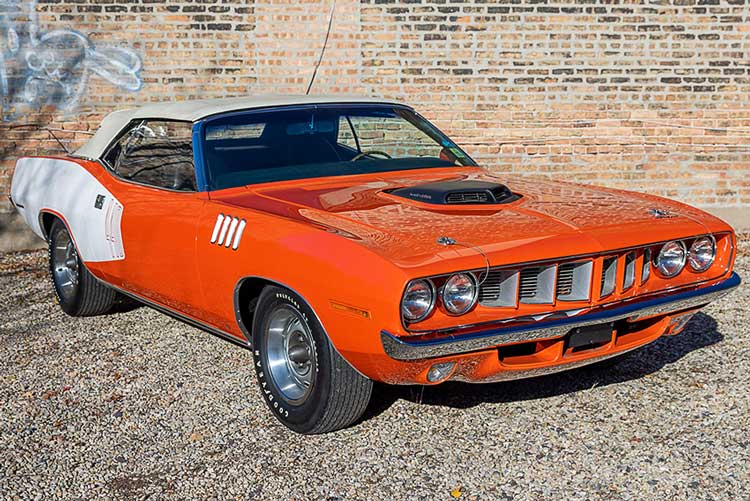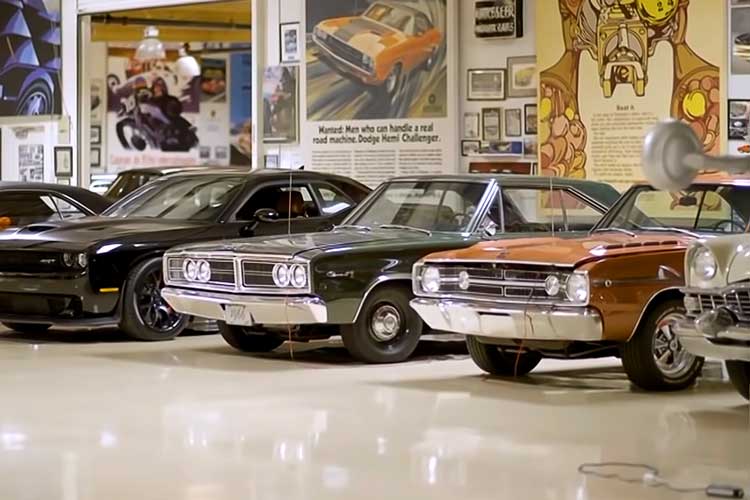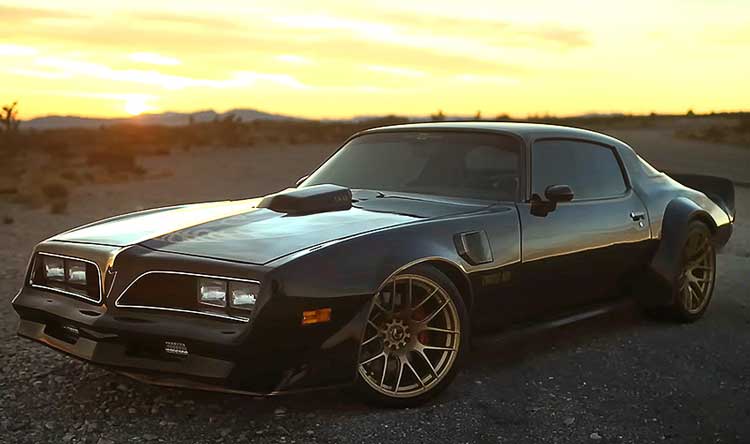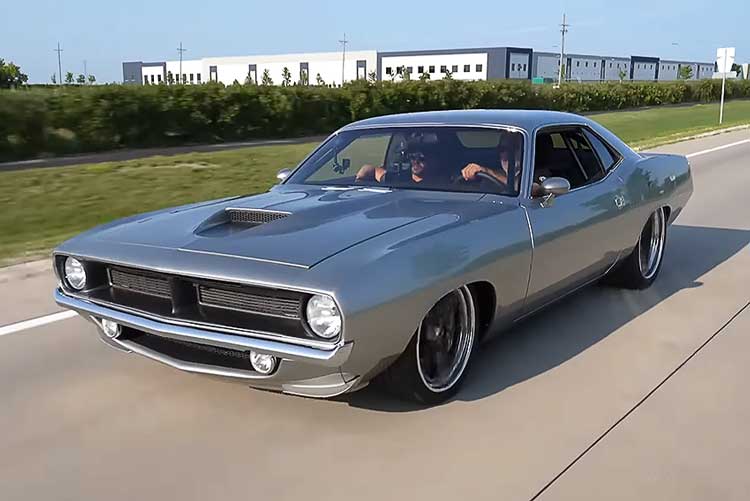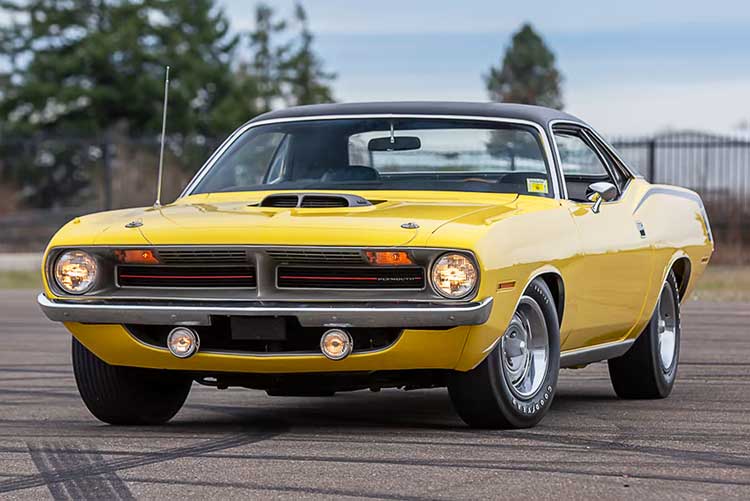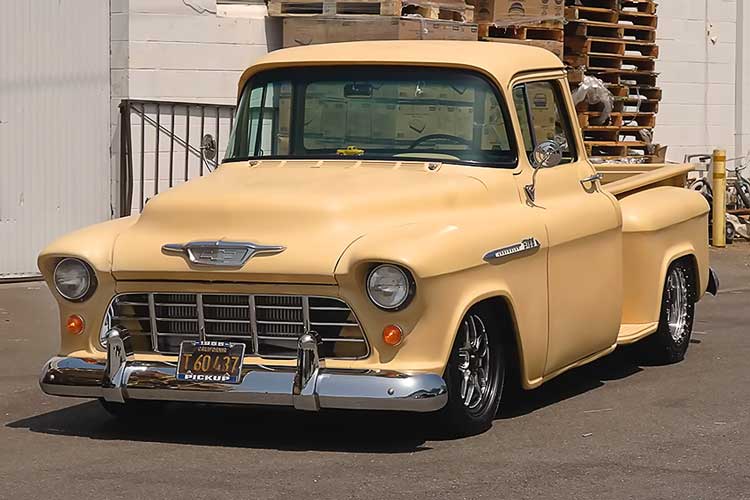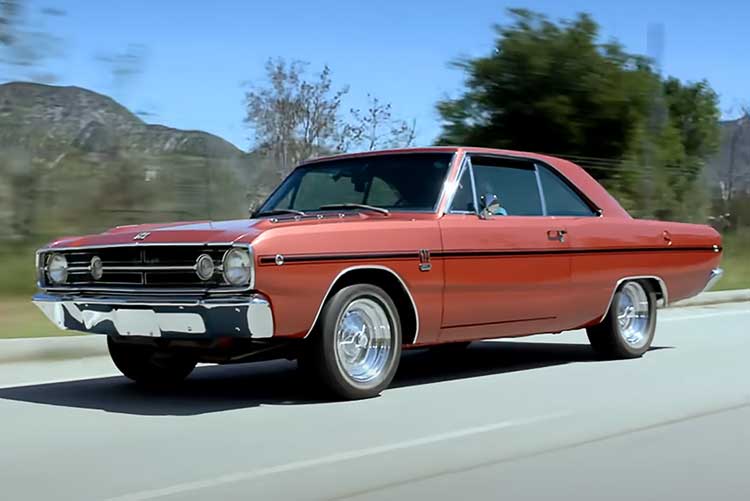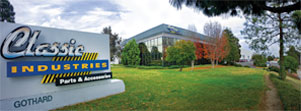"I always wanted a V8, manual, rear-drive car... but I wanted something that's American. I come from New Zealand, so all the stuff here that's local is cool to me." Fueled by memories of watching Smokey and the Bandit as a kid, Gregg Hamilton started looking for the classic American muscle car of his dreams shortly after he moved to the United States. However, he didn't want just any Trans Am, he wanted one that he could make his own. "It's not always about the driving for me. It's about the build, it's about tinkering with it." With that goal in mind, Hamilton ended up creating the aggressive, twin-turbo, widebody Trans Am seen in this video from Petrolicious.




